Animalia

Robin
Erithacus rubecula

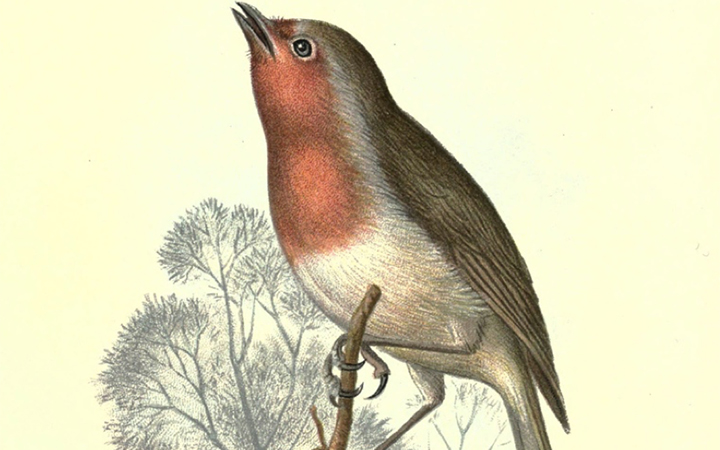
2 POINTS
Play: The Robin has a FLIGHT of 2.
Fact:bThe avian magnetic compass of the robin has been extensively researched and uses Vision Based Magnetoreception.

Red Squirrels
Sciurus Vulgaris

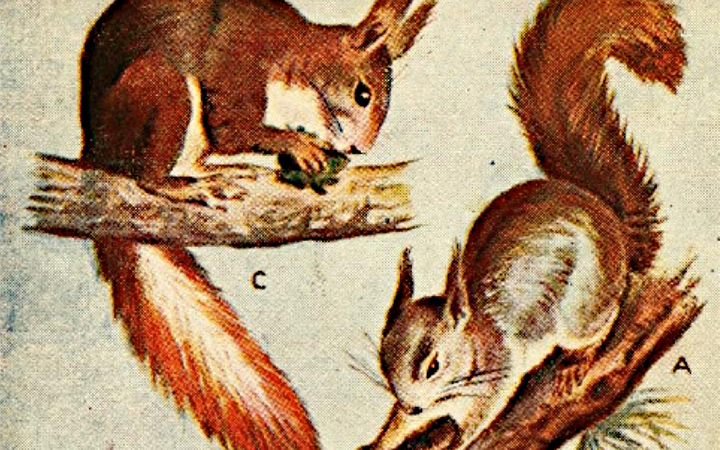
5 POINTS
Play: The Red Squirrel has a MOVE of 2.
Fact: In Great Britain, Italy and Ireland, numbers have decreased drastically in recent years.

Large Earth Bumblebee
Bombus terrestris

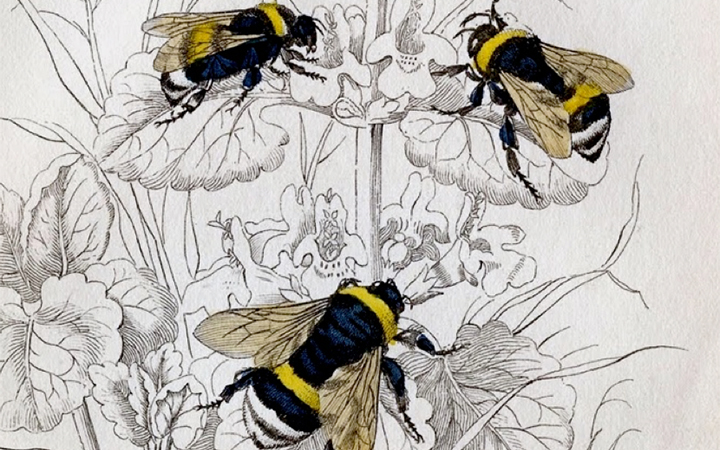
4 POINTS
Play: This Bumblebee has a FLIGHT of 2.
Fact: The Large Earth Bumblebee can navigate its way back to the nest from a distance as far away as 8 miles.

European Honey Bee
Apis Melifera

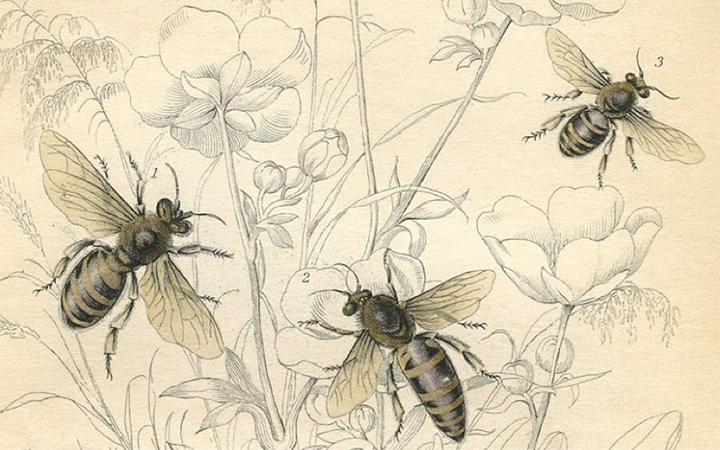
5 POINTS
Play: The European Honey Bee has a FLIGHT of 2.
Fact: THe Honey Bee Genome Sequencing Consortium fully sequenced and analyzed the genome of Apis me;;ifera in 2006.

Copepoda
Subclass

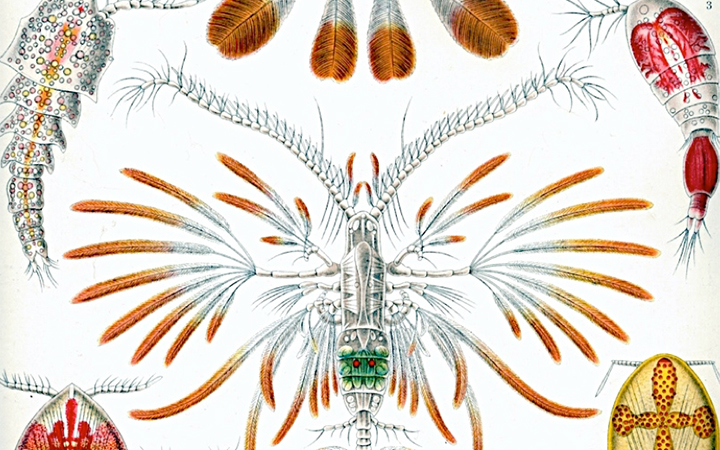
2 POINTS
Play: Copepoda have a MOVE of 2.
Fact: Copepods are major ZOOPLANKTON

Common Chaffinch
Fringilia coelebs


3 POINTS
Play: The Chaffinch has a FLIGHT of 2.
Fact: The Chaffinch’s powerful song is very well known, and its fink or vink sounding call gives the finch family its English name.